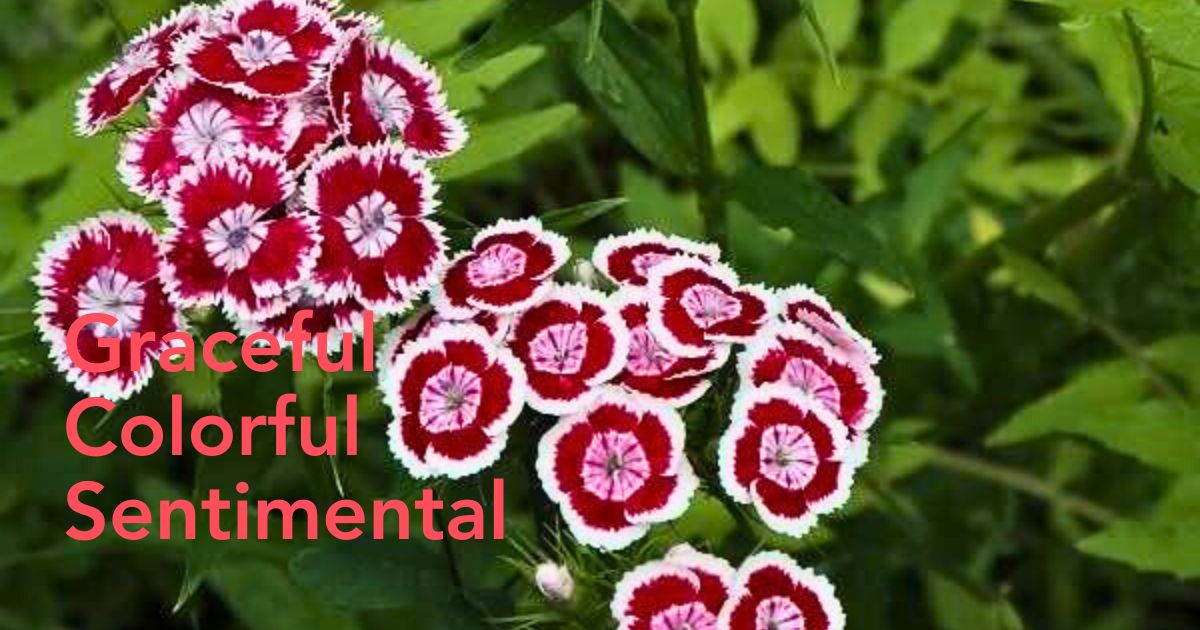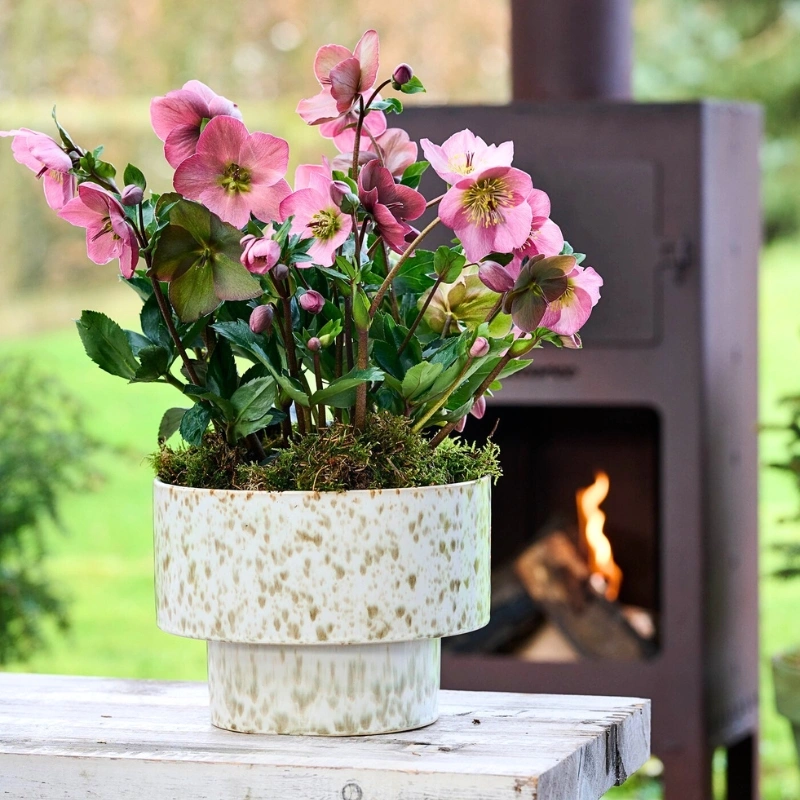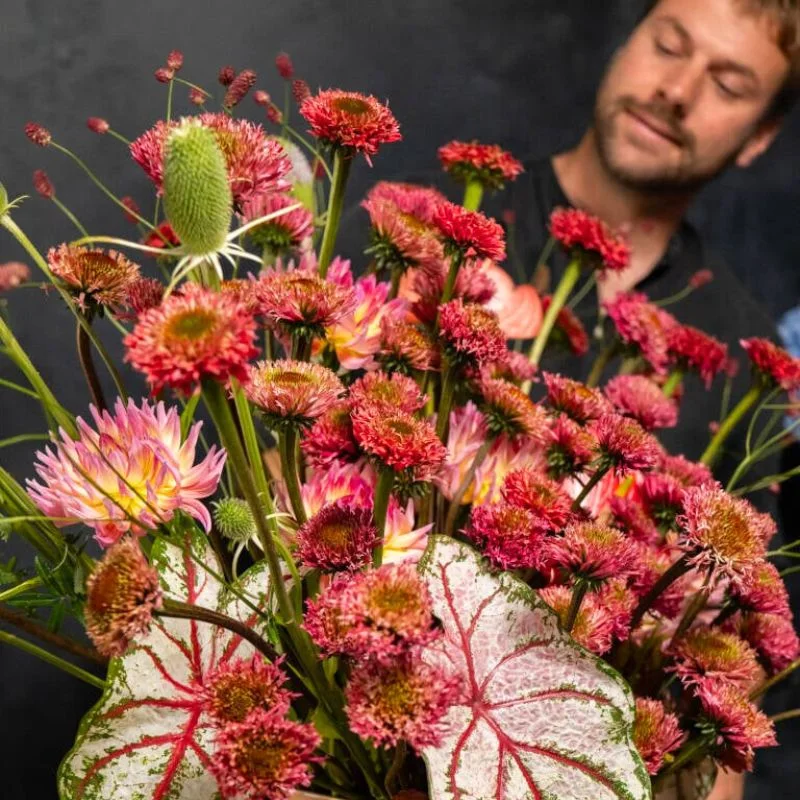Delicately fringed, fragrant, and bursting with rich symbolism—Sweet William, also known botanically as Dianthus Barbatus, is far more than just a charming bloom. This short-lived perennial or biennial flower has become a beloved staple in cottage gardens, admired for both its ornamental allure and its sentimental depth.
From Victorian bouquets symbolizing gallantry to contemporary wedding arrangements celebrating love and admiration, the Sweet William flower has long captured the hearts of gardeners, florists, designers, and flower lovers alike. In this article, we uncover the story, meaning, and optimal growing conditions of this stunning plant, alongside a look at its commercial significance and leading global breeders.
Sweet William Symbolism: History, Folklore and Modern Uses
The story of Sweet William is steeped in legend and romance. The genus name “Dianthus” originates from the Greek words dios (divine) and anthos (flower), translating to “flower of the gods.” Some speculate that the common name “Sweet William” may have been named after Prince William, Duke of Cumberland, though others believe it was coined ironically to soften the nickname “Stinking Billy,” a name used by the Scottish to refer to the same duke as one of the king's enemies.
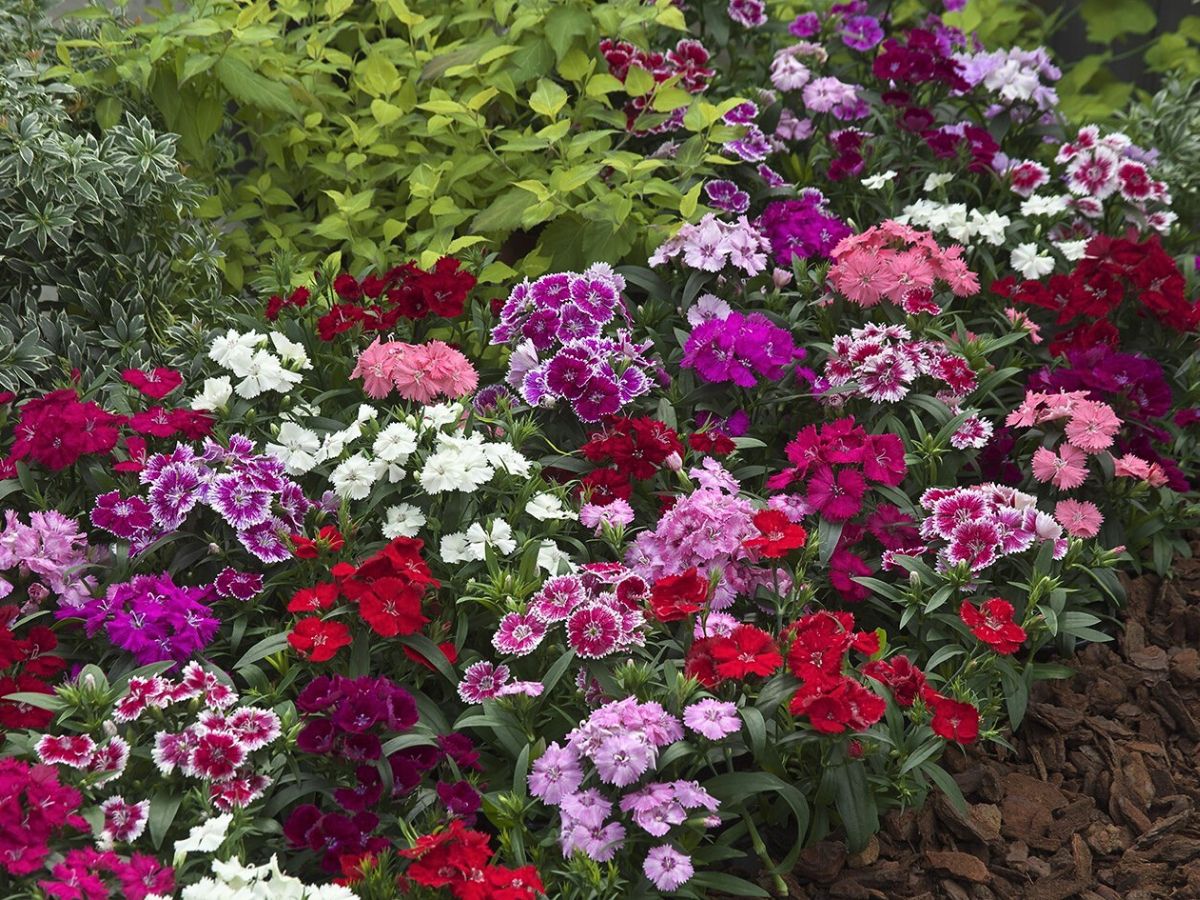
In the Victorian language of flowers, Sweet William stood for valour, passion, and admiration—sentiments often expressed in floral arrangements and romantic posies. Today, the flower retains these rich associations, symbolizing gratitude, romantic affection, and heartfelt appreciation in modern designs.
Dianthus Barbatus Plant Profile: Traits and Color Range
The Dianthus Barbatus plant typically reaches heights of 12 to 24 inches, forming tight clusters of small flowers with fringed petals and a distinct contrasting eye at the center. These flowers appear in shades of pink, white, red, and purple, creating a multicolored display that thrives in both containers and rock gardens.

The plant’s lance-shaped leaves grow on sturdy stems, and its scent—a mix of spice and sweetness reminiscent of cloves—makes it a magnet for bees, butterflies, and hummingbirds. While often grown as an annual flower, Sweet William can be self-seeding, returning for seasons with just the right care and optimum growing conditions.
How to Grow Sweet William: Soil, pH, and Sowing Tips
Sweet William plants are remarkably easy to grow, making them a favorite among home gardeners. They perform best in well-drained soils, with a preference for organically rich, slightly alkaline environments (pH 6.0–7.0). They flourish in full sun, though in hot summer climates, providing afternoon shade can extend the blooming period and protect delicate petals from heat stress.
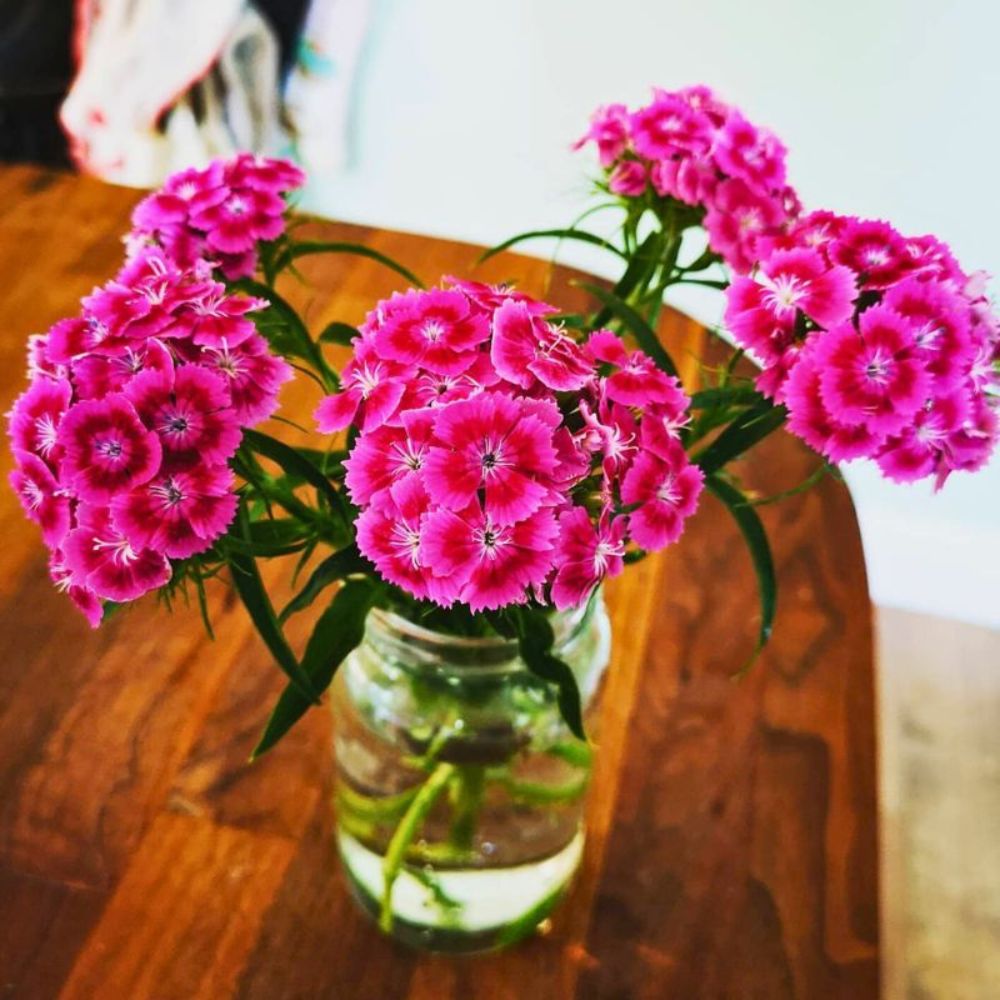
While Sweet William is moderately drought-tolerant, too much water or poorly drained soils can lead to root rot or crown rot. A balanced fertilizer rich in phosphorus supports flowering, but over-fertilization may result in leggy growth and reduced flower density.
Sow seeds indoors 6–8 weeks before the last frost, or plant cold-treated plants directly into the garden in early summer. Sweet William will typically bloom in late spring or early summer, offering several weeks of glorious color and fragrance.
Rock-Garden and Container Sweet William: Design Ideas
Sweet William is well-suited for rock gardens due to its compact form and preference for well-drained soils. It thrives in containers too, particularly when paired with other sun-loving perennials. In pots, ensure the mix is loose and fast-draining, and avoid placing containers in overly shaded areas to prevent mildew and stunted growth.
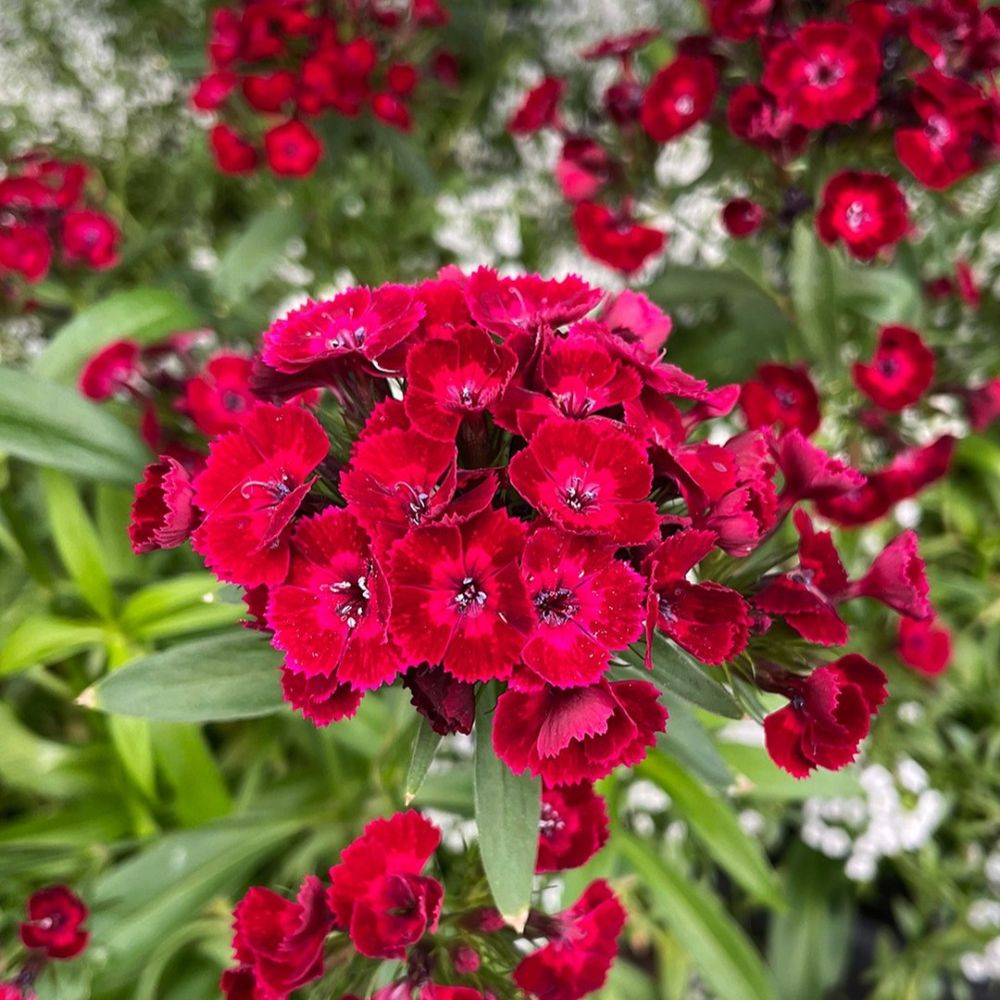
Because of their self-seeding nature, some gardeners even enjoy allowing a few flowers to go to seed, resulting in naturalized patches that evolve year after year.
Optimal Light, Temperature, and Water for Sweet William
The ideal climate for Sweet William lies within temperate zones, such as Southern Europe, though the plant is adaptable. It prefers temperatures between 65–75°F (18–24°C), and should be shielded from frost or cold snaps in early spring and late summer.
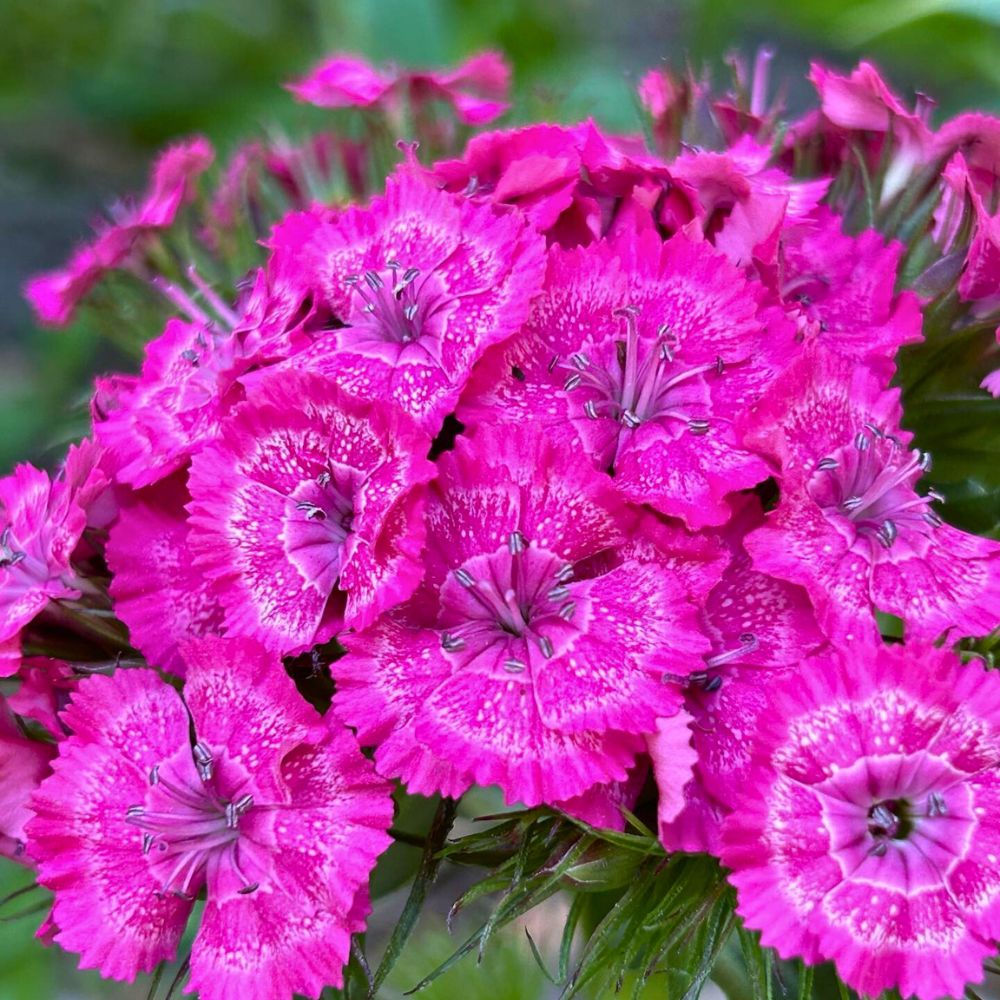
When it comes to water, moderation is key. Water deeply but infrequently, allowing the soil to dry slightly between sessions. Avoid poorly drained areas, which can cause crown or root rot. For regions with high humidity, ensure good air circulation around the base of the plant to prevent fungal diseases like rust.
Pruning, Deadheading, and Winter Care Checklist for Sweet William Plants
Deadheading faded flowers encourages the plant to produce more flowers and prevents self-seeding if undesired. After the blooming season, cutting back the plant to just above the ground stimulates new growth and maintains a tidy appearance.
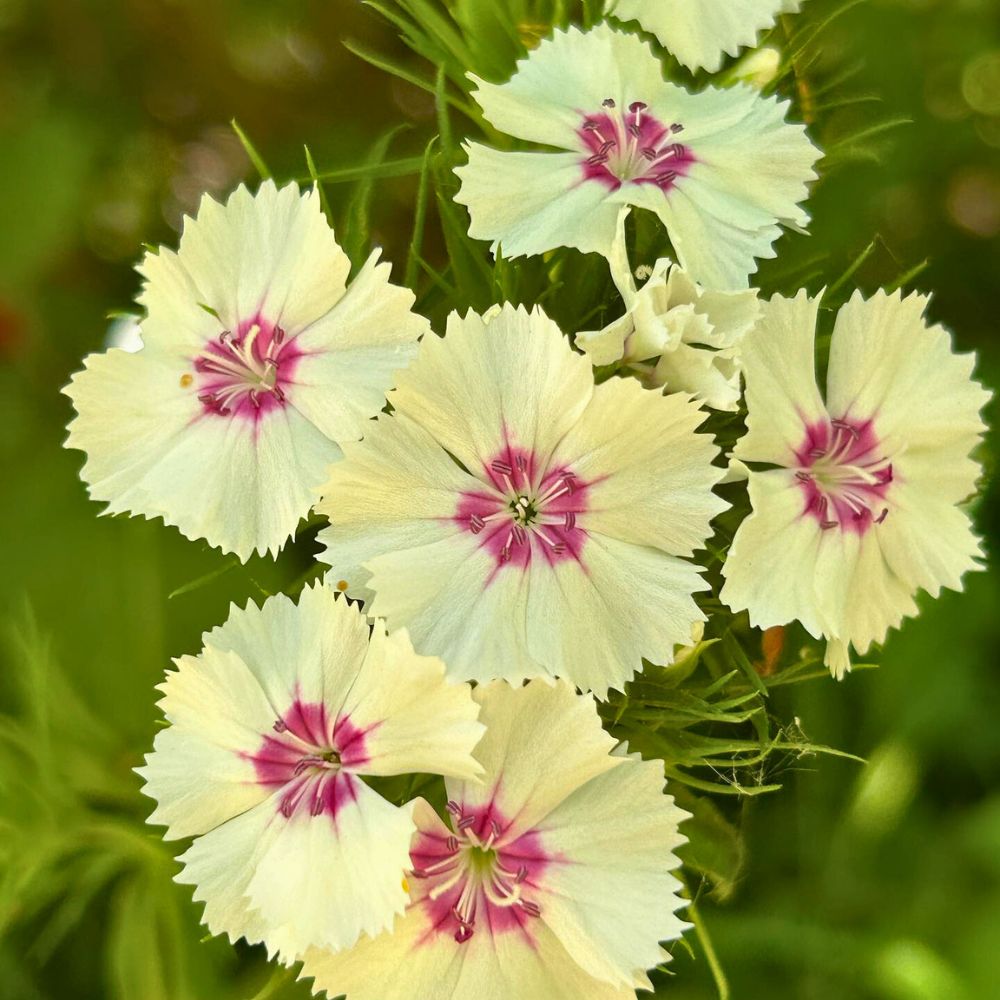
In zones with mild winters, mulching the base protects the roots, while in colder areas, container-grown plants can be brought indoors. These care practices extend the life of your Sweet William patch and keep plants healthy year after year.
Common Pests and Diseases Associated With Dianthus Barbatus
While relatively resilient, Sweet William can fall prey to aphids, slugs, and snails. Use organic pest control options like neem oil or insecticidal soap. Fungal issues like rust, powdery mildew, and rot can appear under wet or crowded conditions—ensure spacing and airflow are sufficient.
Propagation Tips for Sweet William
You can propagate Sweet William via seed, cuttings, or division. Starting from seedlings is most common and rewarding. For those maintaining long-term garden beds, dividing mature plants every 2–3 years rejuvenates vigor and maintains form.
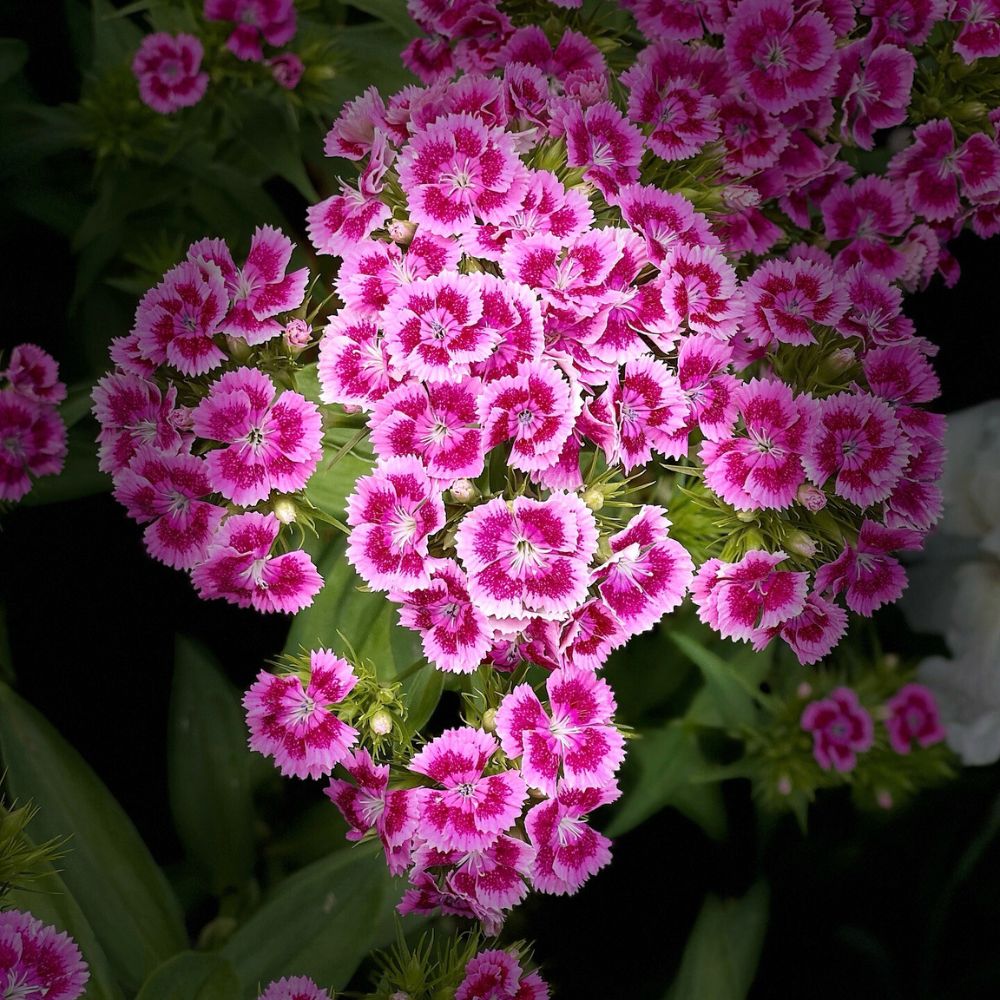
Growing Dianthus Barbatus Commercially for Cut-Flower Markets
From a commercial perspective, Dianthus Barbatus is prized for both its cut flower potential and landscape use. Growers favor it for its vase life, which ranges between 7–10 days, especially when harvested at the right bloom stage.
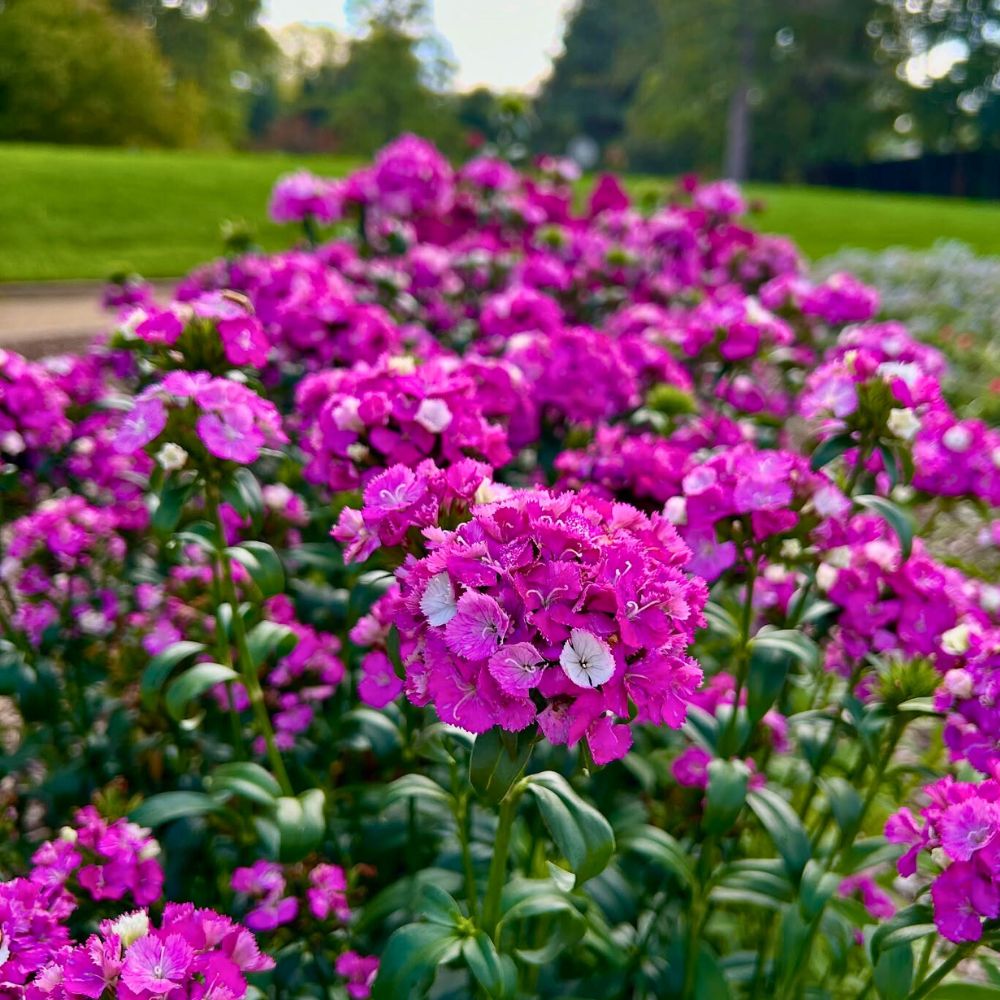
Many cultivars are bred for stem length, uniformity, and disease resistance, making them valuable to exporters and wholesalers. Commercial growers often select cold-treated plugs for rapid field planting and synchronized blooming cycles, crucial for wedding and event season supply chains.
Leading Global Breeders of Sweet William (Dianthus Barbatus)
-
Ball SB – Known for breeding long-stemmed, vibrant cultivars ideal for commercial floristry.
-
Danziger – Innovators in cut flower breeding, including Dianthus varieties with bold color palettes.
-
Selecta One – Offers compact and dwarf forms ideal for pots and garden centers, alongside robust field varieties.
-
HilverdaFlorist – Offers different varieties of high-performing genetics of Dianthus varieties that meet the demands of growers, florists, and retailers worldwide.
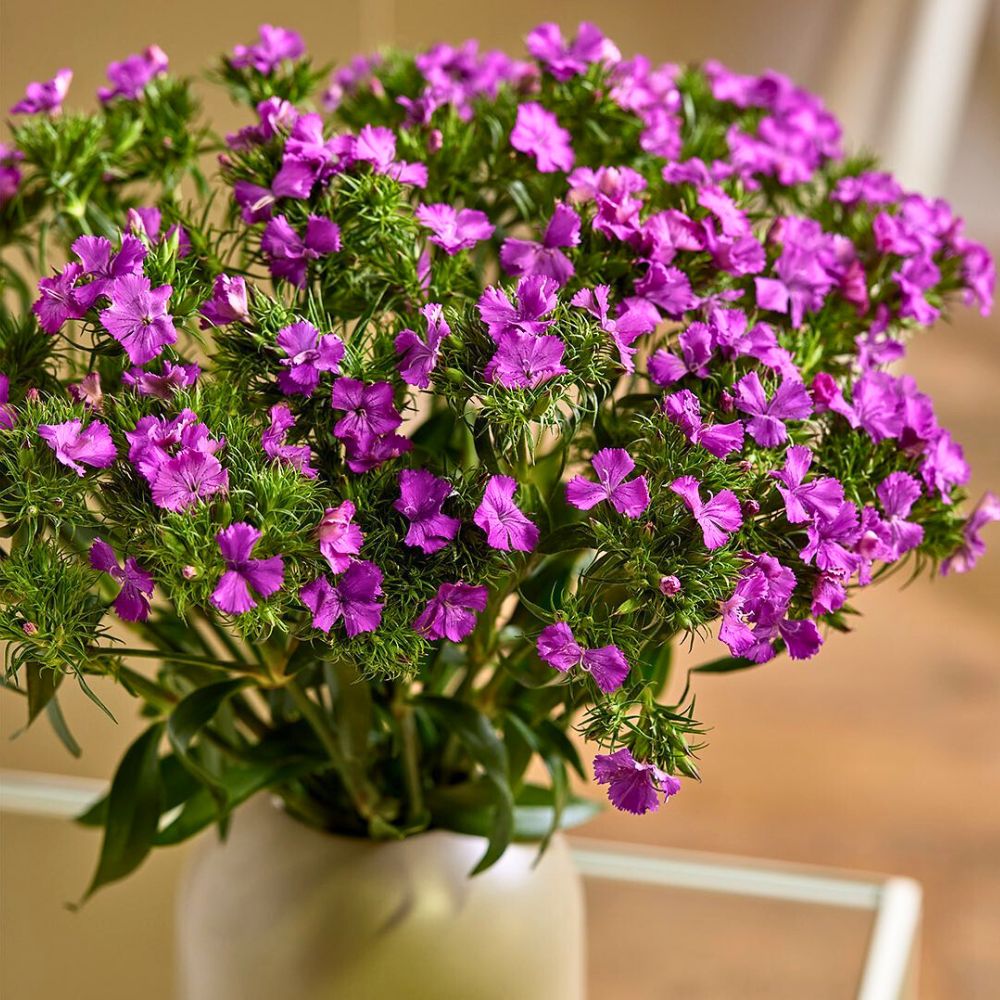
-
Sakata Ornamentals – Breeds varieties known for reliability in outdoor cultivation and post-harvest longevity.
-
Takii & Co. – Develops Sweet William lines suited for diverse climates and high-performance cut flowers.
These breeders contribute to the ongoing evolution of Sweet William, ensuring that many cultivars exist to meet the needs of a growing, global flower market.
Sweet William is more than just a flower—it’s a symbol of passion, appreciation, and elegance. Whether gracing a cottage garden, standing proudly in a wedding bouquet, or growing along the edge of a rocky path, it connects people to tradition, nature, and beauty in one perfect flower.
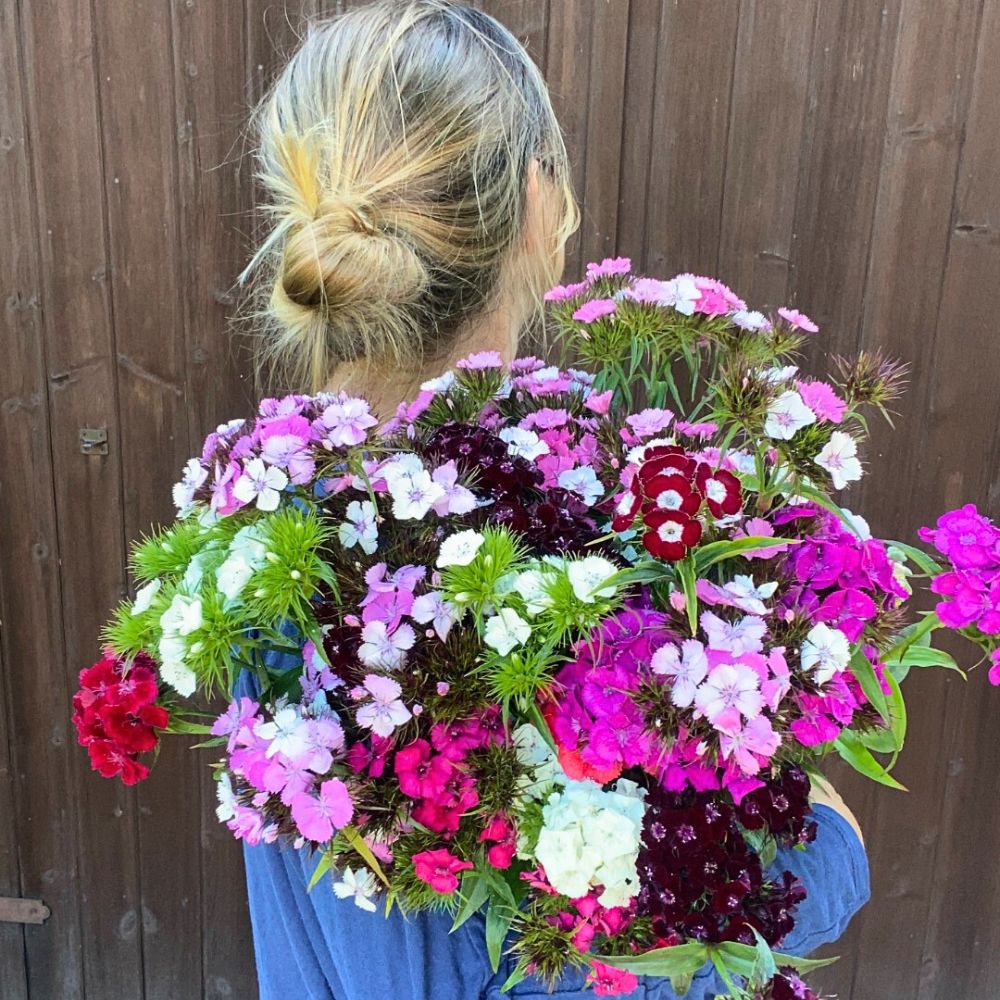
Its ease of cultivation and diversity of form make it ideal for home gardeners, while its lasting appeal and commercial adaptability ensure its place in the portfolios of breeders, florists, and designers around the world.

